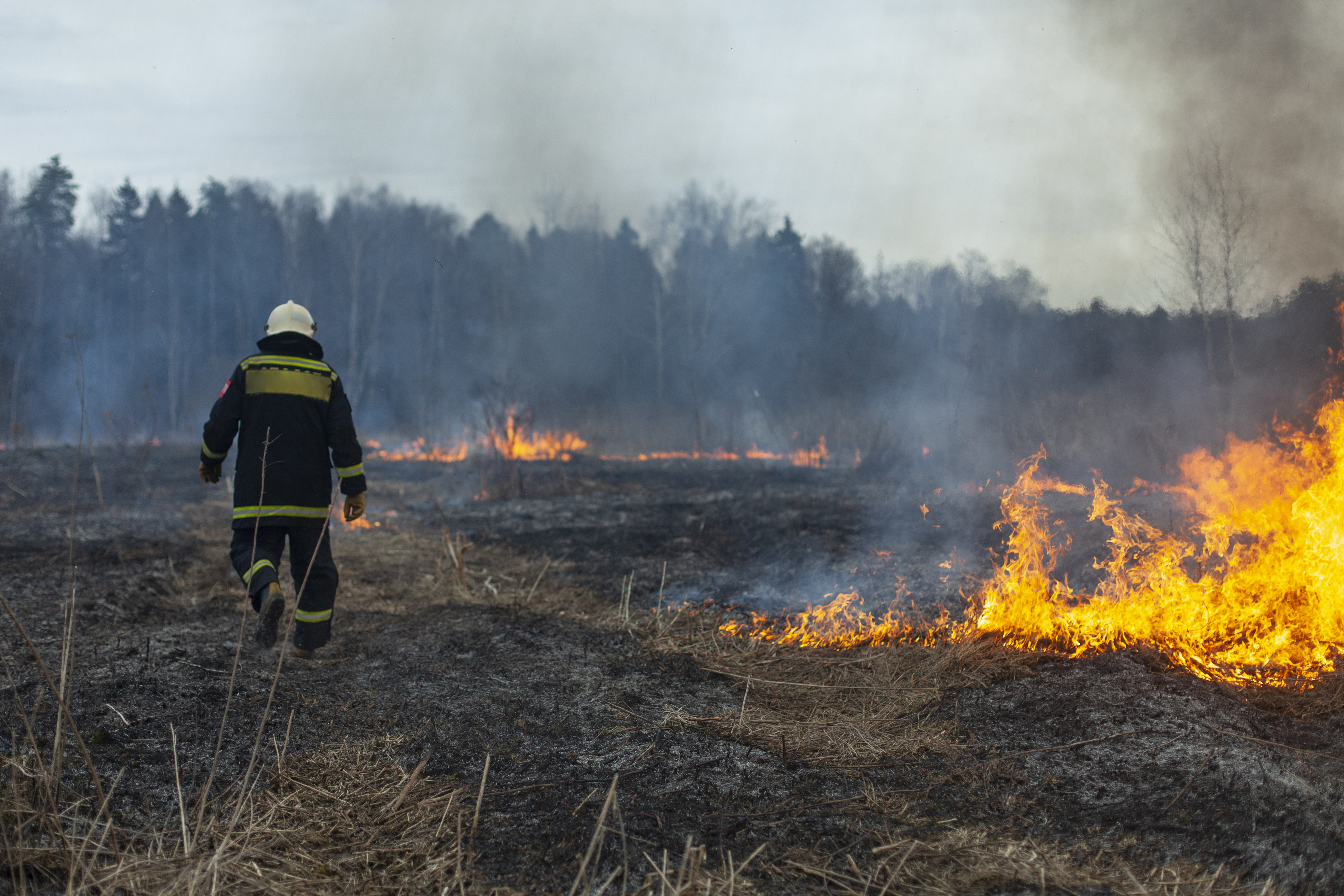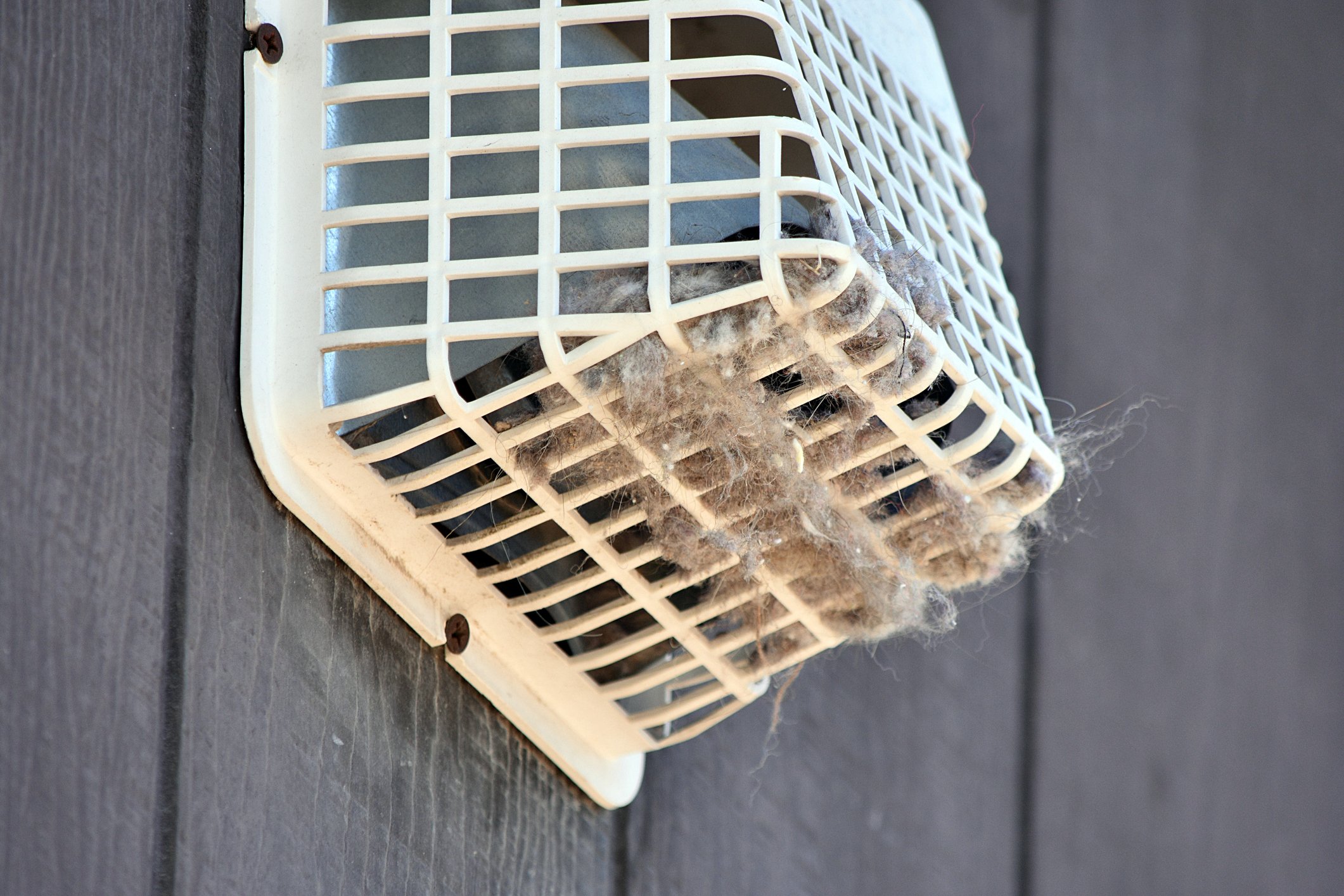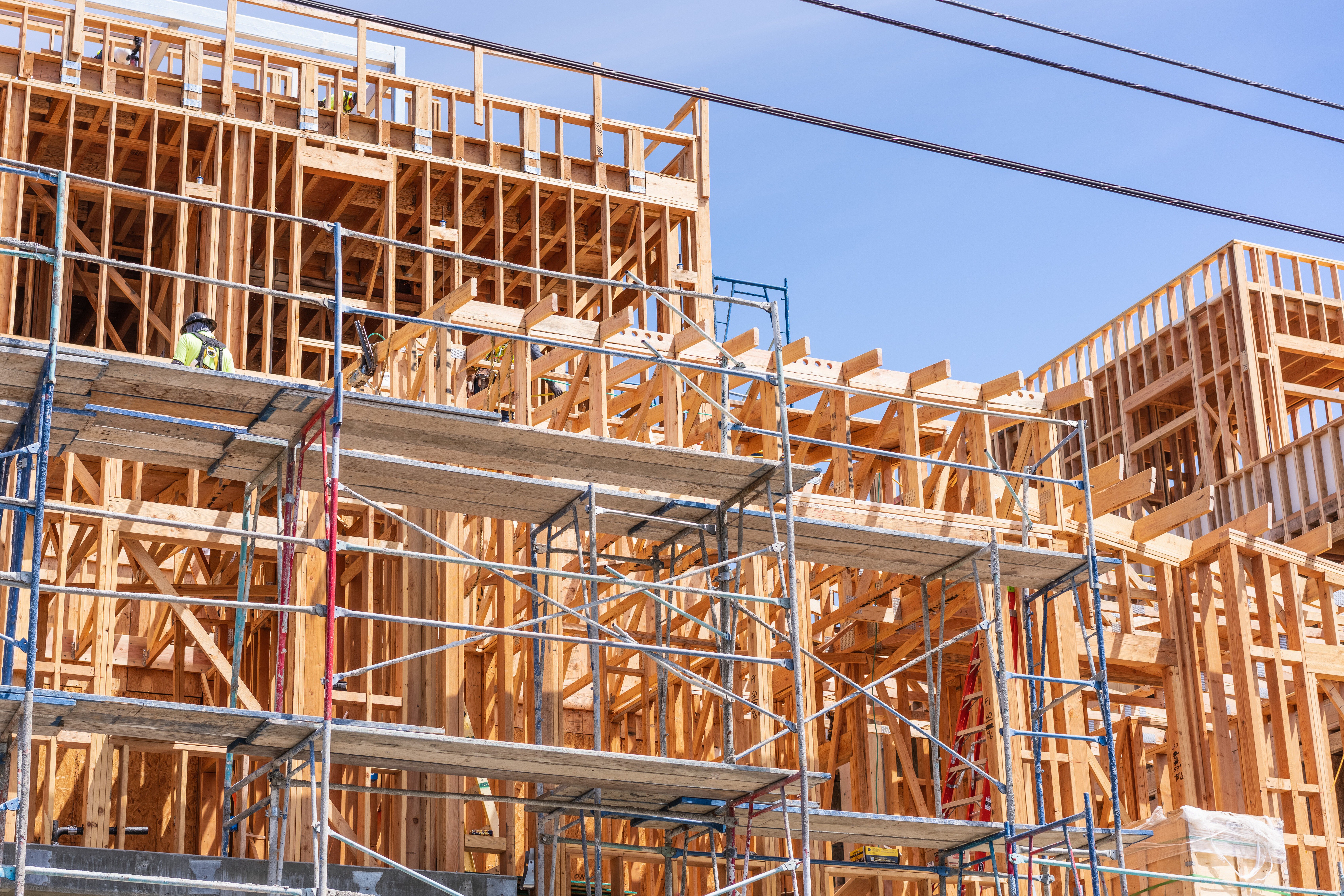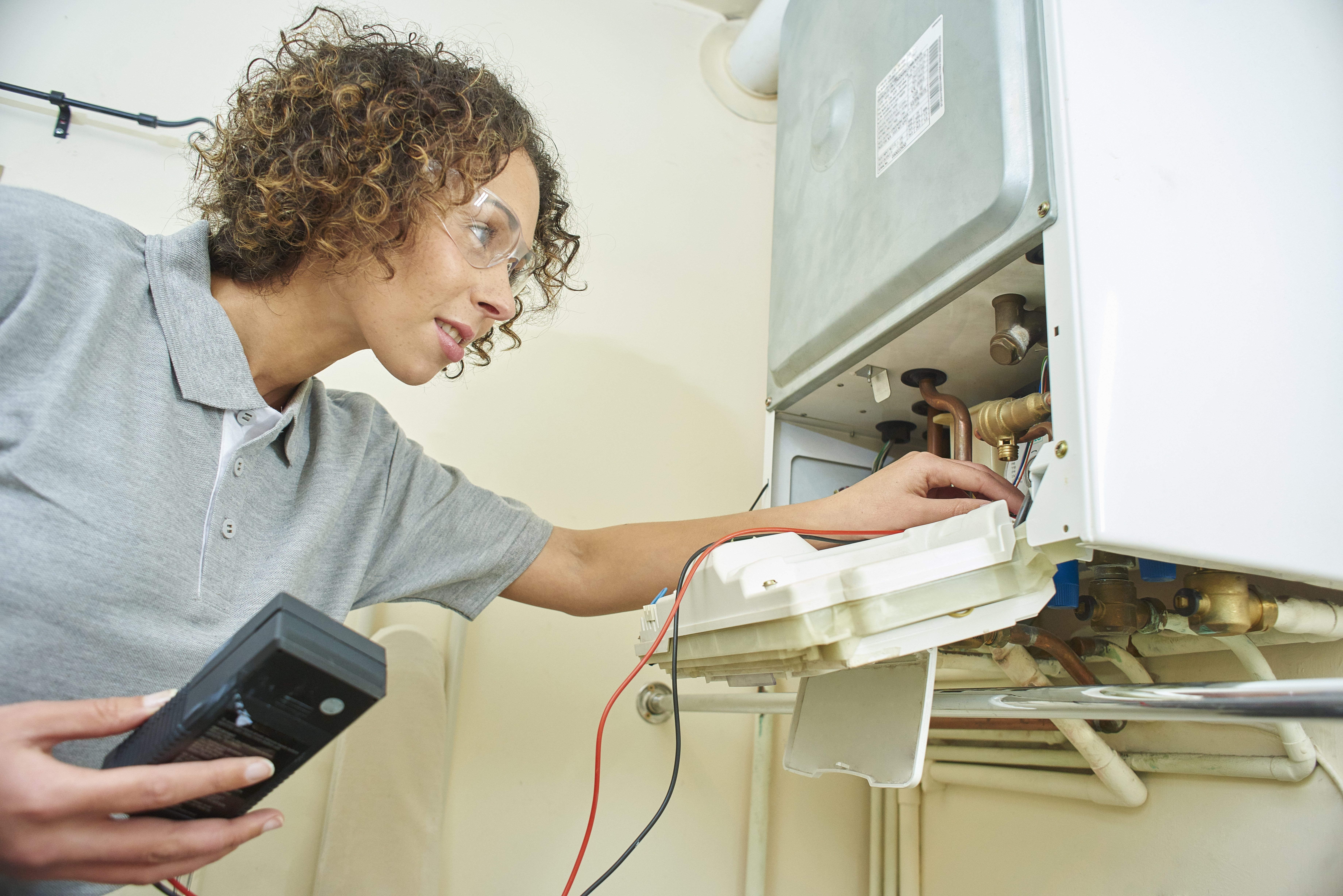Wildfires are fast-moving, unplanned fires that ignite in forests, grasslands, or brush, and they can devastate homes and entire communities within minutes. For housing providers, the risks are growing. With over 70,000 U.S. communities now at risk, it's essential to understand how wildfires start, spread, and how to prepare your staff and residents for the unexpected.
Between 2013 and 2023, state and federal agencies documented an average of 61,400 wildfires annually. Since 2000, an annual average of 70,025 wildfires have burned an average of 7.0 million acres per year. This figure is more than double the average annual acreage burned in the 1990s (3.3 million acres), although a greater number of fires occurred annually in the 1990s on average (78,600).
About 85 percent of U.S. wildfires are human-caused, resulting from unattended campfires, downed power lines, burning debris, equipment use or malfunctions, discarded cigarettes, and arson. Wildfires are also caused by nature through lightning and lava. A fire only needs three elements to burn, known as the fire triangle: fuel, oxygen, and a heat source. Dry weather and drought turn green vegetation into fuel. Strong winds spread fires over a large area, while warm air encourages combustion.
A more significant percentage of the U.S. population now resides within wildfire danger areas—more than 72,000 U.S. communities are at risk. States with the most wildfire risk include California, Texas, Oregon, South Dakota, Arizona, Washington, Montana, Colorado, Wyoming, Utah, Idaho, and Nevada. While wildfires can be destructive to humans, they play an essential role in nature. They burn dead matter and return nutrients to the soil, remove diseased plants and insects from the ecosystem, and allow sunlight to reach the forest floor, enabling new growth.
Years with the Most Wildfire Acreage Impact Since 1960
(Source: National Interagency Coordination Center)
|
Year |
Acres Burned (Millions) |
Number of Fires (Thousands) |
|
2015 |
10.13 |
68.2 |
|
2020 |
10.12 |
59 |
|
2017 |
10.03 |
71.5 |
|
2006 |
9.87 |
96.4 |
|
2007 |
9.33 |
67.8 |
Wildfire Impact on Residential Structures
(Source: National Interagency Coordination Center)
|
Year |
Structures Burned |
% Residences |
|
2019 |
963 |
46% |
|
2020 |
17,904 |
54% |
|
2021 |
5,972 |
60% |
|
2022 |
2,717 |
46% |
Preparing for a wildfire
Wildfires can occur year-round but are most prevalent in the dry summer season. Take steps to minimize your wildfire risk and prepare staff and residents in case of a wildfire emergency:
- Research the frequency and risk of wildfires in your area.
- Review your organization’s business continuity plan to identify vital operations, points of contact (e.g., federal and nonprofit disaster relief organizations, utility companies, and emergency responders), and staff roles and responsibilities during a wildfire emergency.
- Conduct tabletop exercises and emergency evacuation drills.
- Encourage residents to be familiar with multiple evacuation routes and designate meeting points.
- Clear leaves and other debris from gutters, eaves, porches, and decks.
- Remove dead vegetation and flammable materials from within 30 feet of buildings.
- Create fuel breaks with driveways, walkways/paths, patios, and decks.
- Keep lawns hydrated and mowed to a height of 4 inches. Dispose of debris and lawn cuttings.
- Maintain a minimum of 18 feet between tree crowns within 30 feet of a structure. A mature tree canopy (a collection of tree crowns) should be no closer than 10 feet from the edge of a structure.
- Ensure all smoke and carbon monoxide detectors are working correctly.
- Collect emergency building and survival materials such as insurance documents, respirators, shovels, flashlights, batteries, battery-powered radios, and first-aid kits. Urge residents to build an emergency preparedness kit.
During a wildfire
A top priority is staying informed, so your organization can quickly alter plans as conditions shift:
- Pay close attention to emergency information and alerts.
- If authorities issue an evacuation order, ensure staff and residents are aware and follow the order immediately.
- Close building openings to prevent embers from entering (e.g., vents, windows, garage doors).
- If there are enough, provide staff and residents with N95 respirators to prevent smoke inhalation. Cloth, surgical, and dust masks don’t prevent smoke inhalation.
- If N95 respirators aren’t available, set up one or multiple rooms with a portable air cleaner or filter to make clean air available for staff and residents, even when it’s smoky in the rest of the building and outdoors.
- Use high-efficiency filters in your central air conditioning system to capture fine particles from smoke. If your system has a fresh air intake, set the system to recirculate and close the outdoor intake damper.
- Turn off utilities such as gas if there’s time to do so safely.
- Fill large containers with water and place them around the property. These serve as water reservoirs.
After a wildfire
Use caution, as hot ashes, charred trees, smoldering debris, and live embers can remain after a wildfire. The ground may contain heat pockets that can burn staff and residents or cause another fire:
- Stay in touch with local authorities and wait for instructions. Due to the high call volume, emergency hotlines may be backed up.
- Once authorities approve, execute return procedures for staff and residents. If feasible, engage with residents via video or phone calls to provide updates on the property.
- When it’s safe to do so, document any damage to your property with photographs to assist in filing an insurance claim.
- Establish support networks for affected residents, including mental health services, counseling, and community rebuilding initiatives.
- Conduct a debriefing session after a wildfire incident to evaluate response effectiveness and identify areas for improvement in future preparedness plans.
Bottom line
As wildfires grow in frequency and intensity, housing organizations must stay proactive. Understanding wildfire behavior and risk, preparing your staff and residents, and regularly reviewing emergency plans are essential steps toward resilience. It is crucial to create and implement comprehensive emergency plans, conduct regular training, and foster a culture of preparedness among staff and residents.
For more information and resources, please refer to the additional materials provided below or contact your HAI Group risk control consultant.
Additional Resources:
- Ready.gov Wildfire Center
- National Interagency Fire Center
- FEMA Wildfire Recovery Resources
- NFPA Wildfire Center
Have questions about wildfire preparedness? Reach out to your risk consultant for support.
This article is for general information only. HAI Group® makes no representation or warranty about the accuracy or applicability of this information for any particular use or circumstance. Your use of this information is at your own discretion and risk. HAI Group® and any author or contributor identified herein assume no responsibility for your use of this information. You should consult with your attorney or subject matter advisor before adopting any risk management strategy or policy.
HAI Group® is a marketing name used to refer to insurers, a producer, and related service providers affiliated through a common mission, management, and governance. Property-casualty insurance and related services are written or provided by Housing Authority Property Insurance, A Mutual Company; Housing Enterprise Insurance Company, Inc.; Housing Specialty Insurance Company, Inc.; Housing Investment Group, Inc.; and Housing Insurance Services (DBA Housing Insurance Agency Services in NY and MI).






